Category: Photographic Futures
Photographic Futures: Work experience evaluation
Going into my work experience, I was justly apprehensive and concerned, as most of us would be. I have a lot of problems with self-doubt and have thrown away many an opportunity as a result of this, and in seeing the requirement for the completion of 10 days work experience within the unit brief, I was again filled with self-doubt and anxiety. I know how much my anxiety in these sorts of situations affects my performance and ability (a lot), and in knowing this, I instinctively shy away from anything of the sort. Ironically, my solution to a fear of failure is just to fail outright from the beginning and thus feel I had ultimate control on the matter and in a sense, it wasn’t failure, I just didn’t want to partake – I could’ve done it if I wanted to. Unless I wanted to fail the unit, no such defeatism could occur, and thus this work experience was the much needed kick. I attended an impromptu meeting with the employer, and to my shock, managed to act and articulate like a somewhat normal human being – I wasn’t a puppet to my anxiety. I went out and shot the locations, spoke to locals along the way and shot in crowded public spaces, all mostly anxiety-free. These ‘achievements’ may sound and seem insignificant to most, but I am genuinely proud of them.
I went into the work, expecting it to be a lot freer than it was, it wasn’t oppressively restrictive but enough so that I wasn’t able to take the shots I would have liked to on a lot of occasions. As explained within diary entries, the images needed to be mostly utilitarian; simply images of the location as it is, with little room and regard for creativity and aesthetics. I did slip in some and of course, I tried to make the locations look beautiful if possible (sorry poundstretcher). I would have liked to try out some street-esque photography, but it just wasn’t compatible with what the employer wanted. I’ve learnt that I need to be more organised; have a clear-set time-frame of where and when I’m going to be somewhere and how I’m going to get there. I spent a lot of time simply walking from location to location and often times, by virtue of not knowing the area well enough, found myself doubling back and wasting time. The process also reinforced the fact that I need to learn to drive, which I plan to start this summer.
The type of photography I was required to produce also reminded me that the average person likes images that photographers will likely not. It was very difficult to get out of the ‘photographer’s mindset’ and try and capture the sort of images the average Joe wants to see. I very much enjoyed most of the work I undertook and would happily undertake it again in the future as paid work. Though, the lack of creative freedom was difficult and brought to my realisation that the type of work I’d ideally like to be doing would be artistic rather than commercial and that I’d have to try and find a balance between the two.
Photographic Futures: Work experience – Day 10
28/05/2017
For my final day of work experience, I made my way to Meopham, as outlined within my last research post. Meopham was, like Gravesend, a rather difficult location to shoot by virtue of its size (it is the longest village in England). I therefore again, had to prioritise what subjects I shot. The windmill and cricket green are easily Meopham’s most illustrious locations and thus, this is where I began. The windmill was particularly difficult to photograph, as with quite a few of the locations I’ve photographed for this work experience, it was a large building situated within tight and crowded confines and I simply couldn’t get far enough away to get a fully bodied shot. The green was also a little trying, as without any cricketers, it wasn’t possible to convey what made the green unique – which is it’s peculiar location, completely surrounded by busy roads and houses, with no netting to catch stray balls. I did the best I could with what was on offer. The Cricketers pub, as well as the Kings arms are both situated around the cricket green, so I shoot these next. I then made my way onto a trail that led off the back-end of the green and out into the surrounding countryside as I wanted to show off some of what the village is perhaps lesser-known for. Lastly, I headed to St. John’s church and the village sign, unfortunately there was a wedding taking place in the church, so I wasn’t able to shoot that. I did however capture images of the sign. All in all, I spent around 4 hours walking and taking images. I spent a further 3 sorting and editing said images, some of which can be found below.
Images:
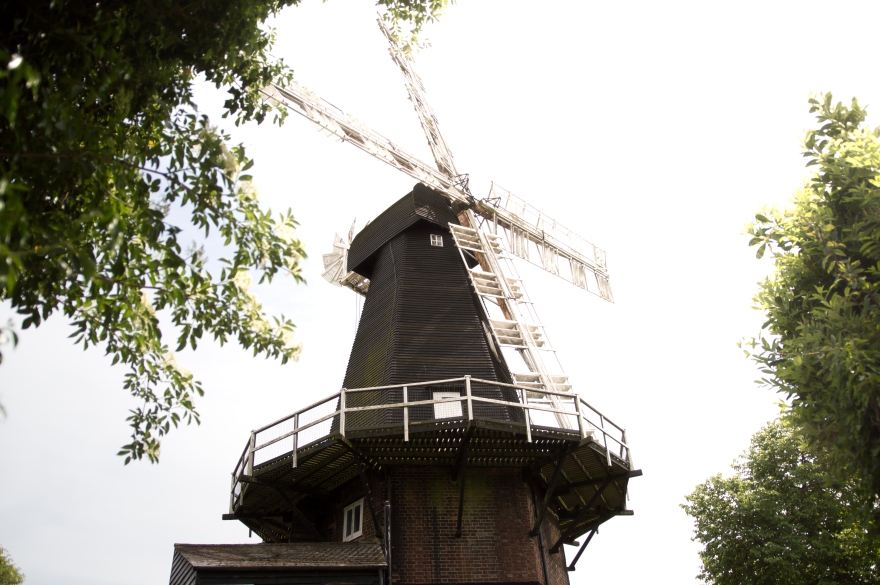
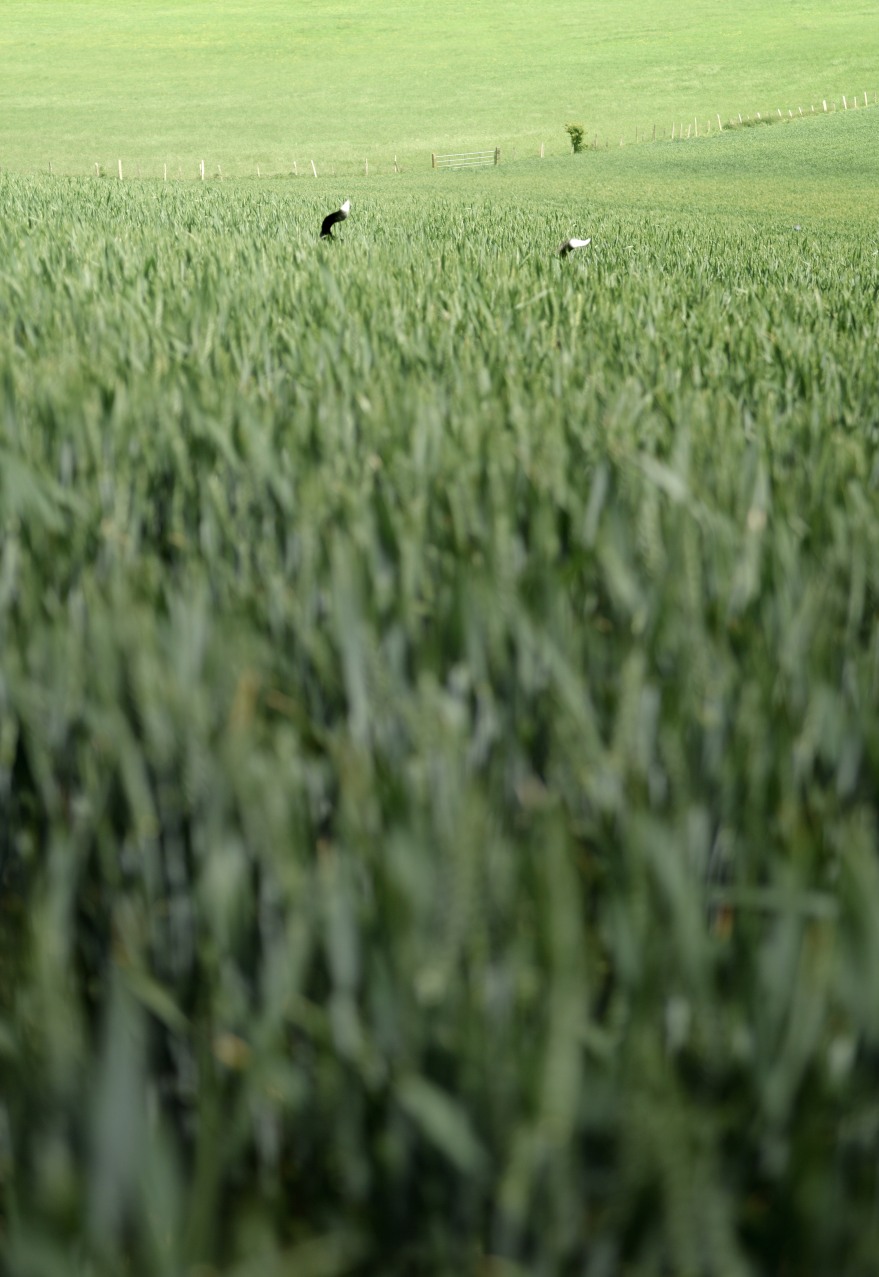
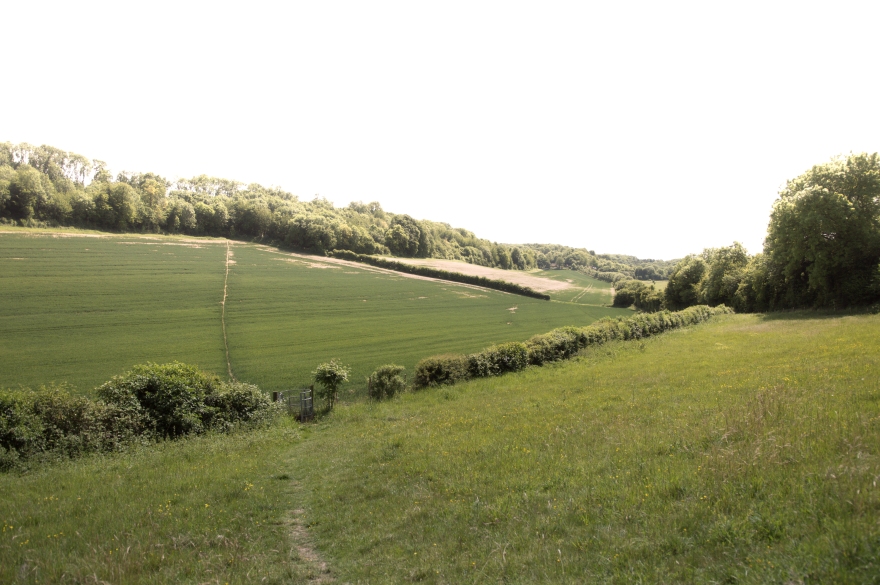
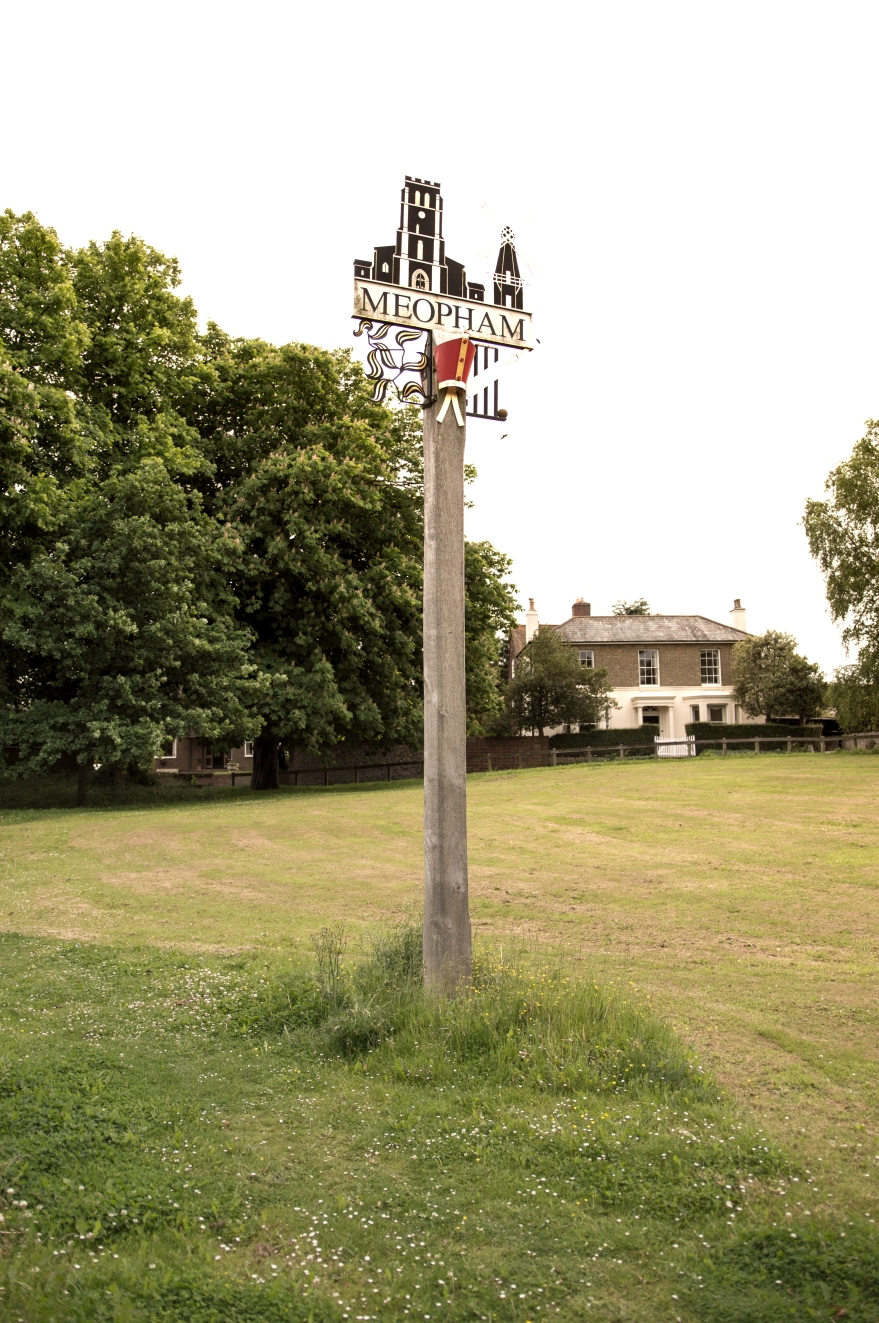
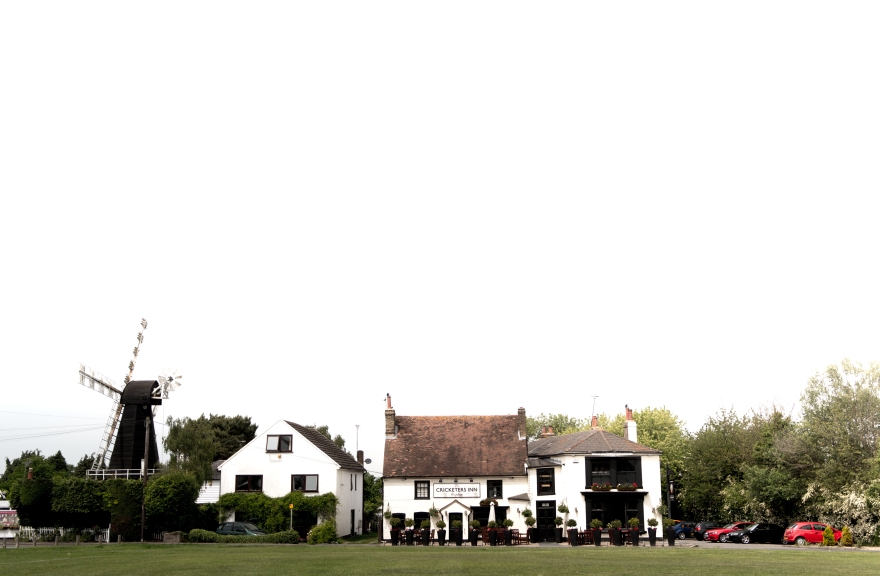
Photographic Futures: Work experience – Day 9
27/05/2017
I’d been dreading this one for a while. Gravesend.
Busy, hot, noisy, hot, hot and hot. It was hot. Going into Gravesend, I will admit I was biased (and still am). I’m not a huge fan of the place, and I dreaded the prospect of trying to take a decent picture of some of the subjects; The Woodville Hall is a giant pebble-dashed rectangle, for example. With a lot of past locations, I was able to take images that found a good balance between function and form, with Gravesend, it was almost all function. See, this type of photography doesn’t allow much room for creativity or care much for aesthetic beauty, it is all very utilitarian. Some locations are inherently beautiful and thus bypass this, but a Poundstretcher is uhm.. pardon the pun, stretching it. There’s no trying to find a nice angle, light, story etc. it is simply, a picture of poundstretcher. My ego barely allowed some of the shots existence, but I knew I had to take them, and so to my disgust, they now sit on my computer. Some locations managed to slip in a little beauty, the Heritage center and New Tavern Fort, but other than that, I didn’t enjoy myself greatly. I spent around 4 hours in Gravesend taking images, walking between locations took me quite a while so I had to decide which locations to omit. I decided the fort and promenade where arguably the two areas of greatest interest and importance, so headed there instead of Windmill hill gardens and Woodland parks. It was quite a difficult day, with it being the hottest day of the year, there were a lot of people around. A lot of whom had big, now bright red, bellies on show, which sadly probably isn’t quite how the council wish Gravesend to be seen. The Woodville Halls was swamped with families and children playing in the fountains, so I felt uncomfortable shooting the area, instead opting to shoot inside the building. The Fort was easily my favourite location to shoot, the heritage centre also resided within its walls and thus, I tried to sneak a little of the fort in the foreground to show that. All in all, I think I was fairly successful. I nearly left in frustration and despair at one point, but didn’t, so that’s something. I spent 3 or so hours sorting and editing the final images, some of which can be seen below.
Hopefully one day that Poundstretcher picture will kick-start my career.
Images:
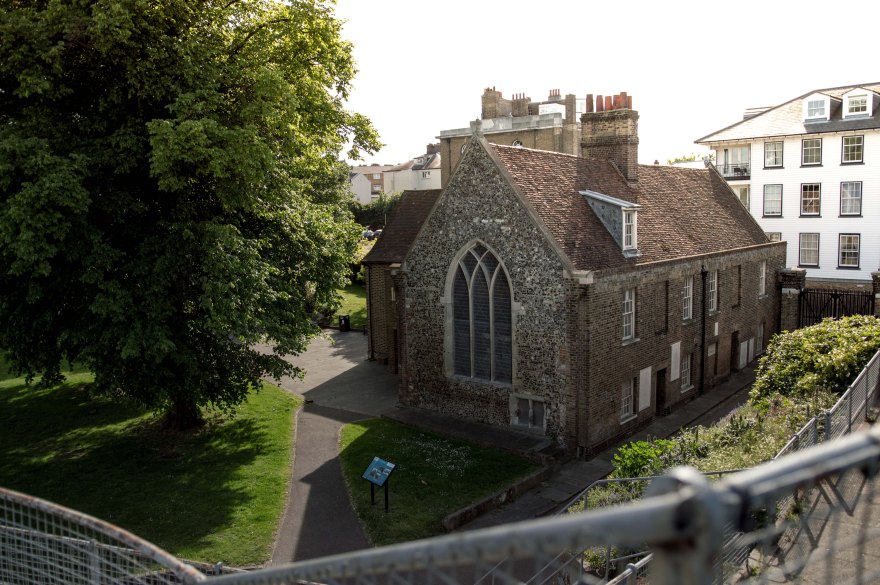
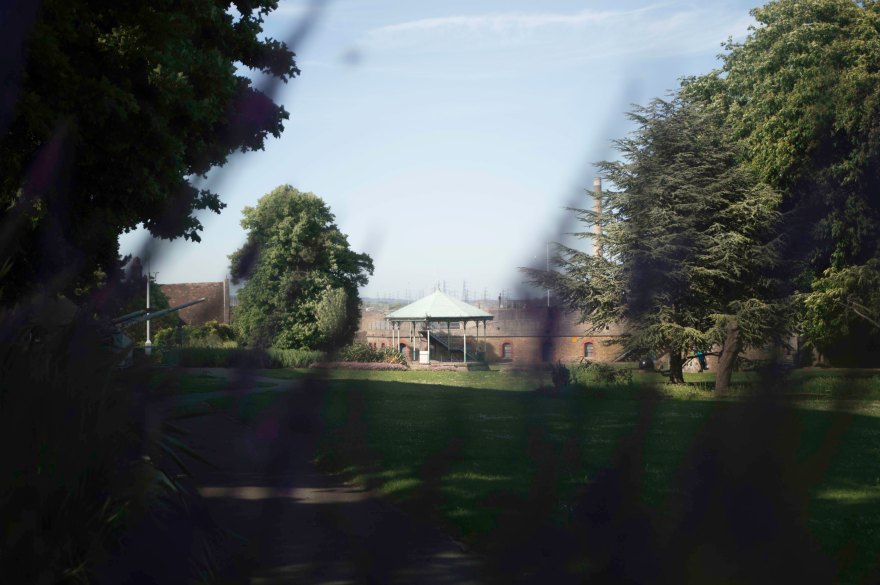
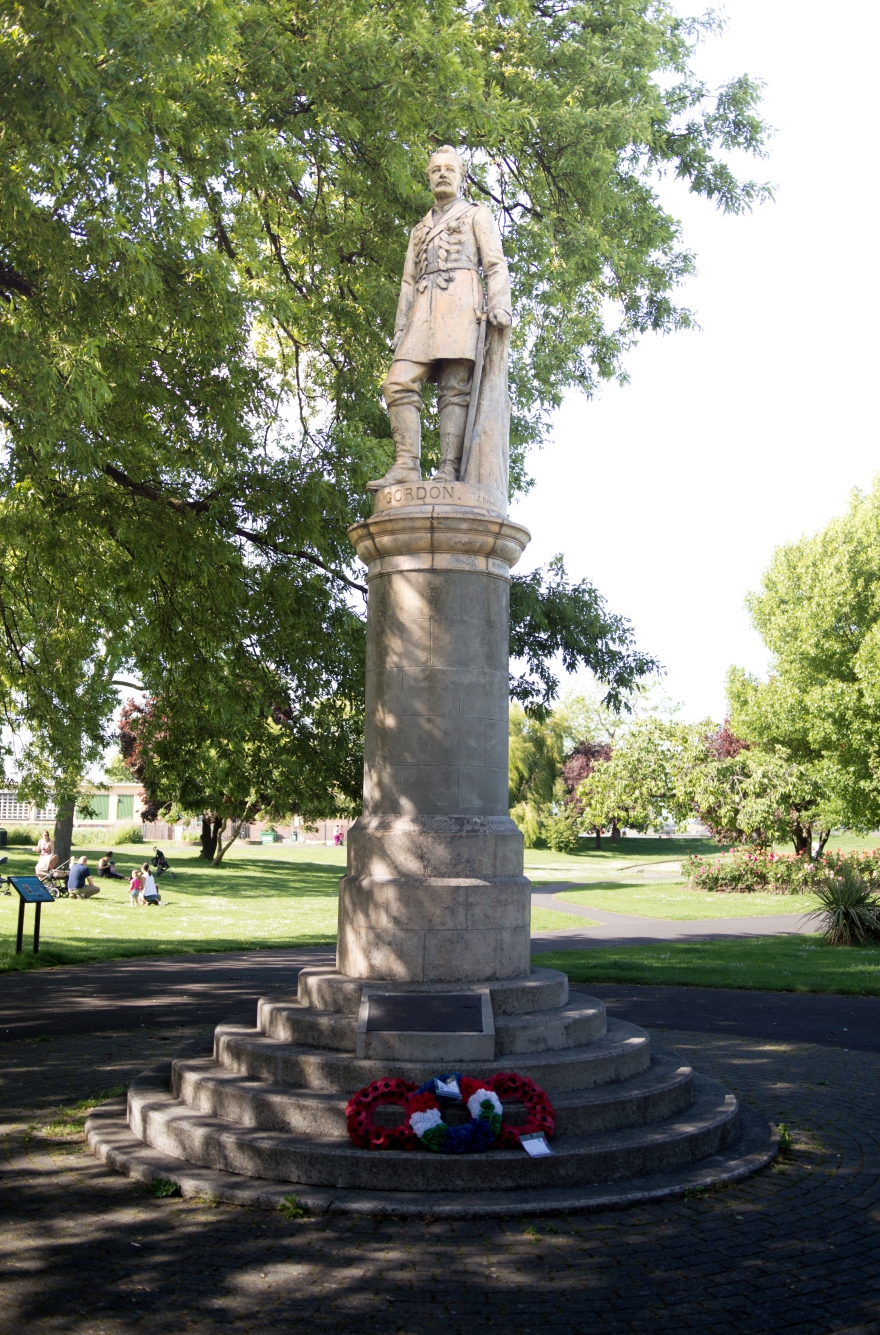
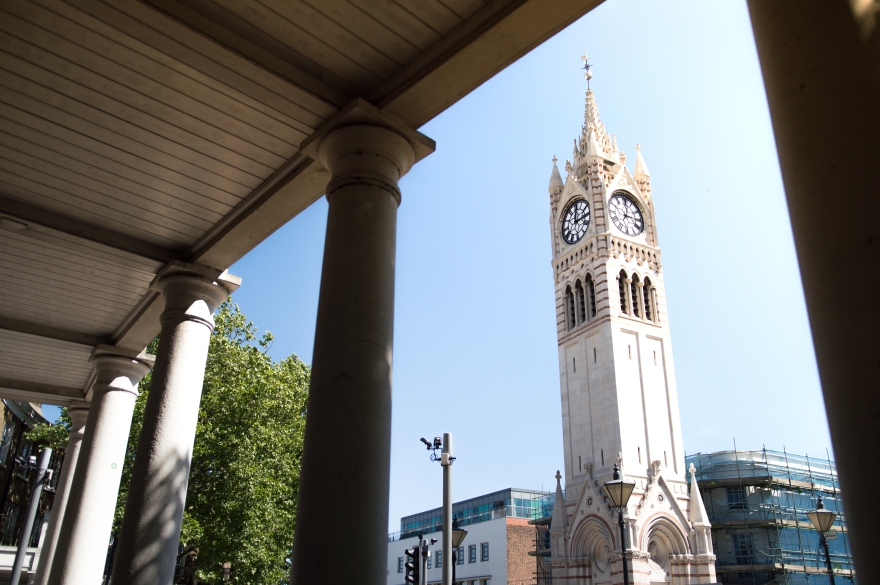
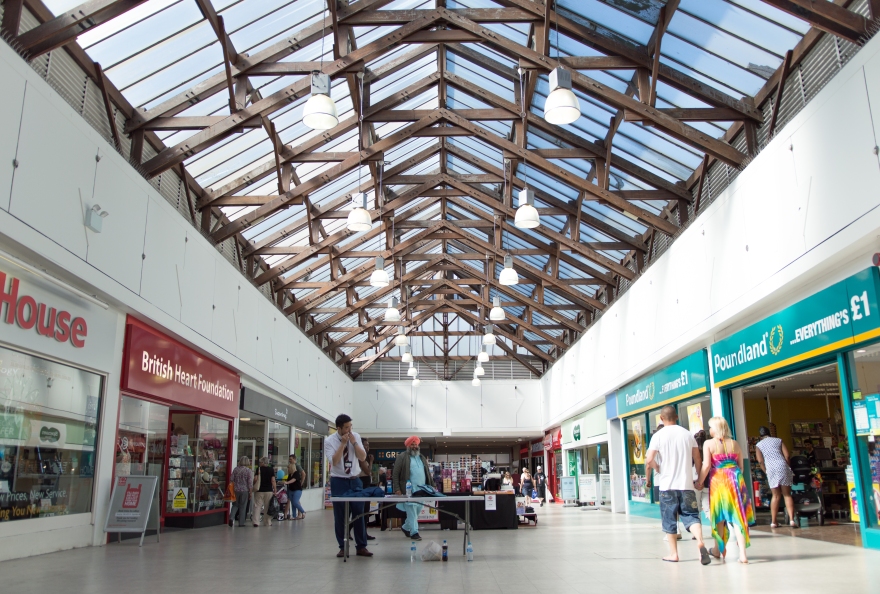
Photographic Futures: Day 8 (half day)
25/05/2017
As aforementioned in my previous diary entry, I have been researching the two final locations I will be photographing as part of my work experience; Meopham and Gravesend.
Both of these locations are rather large, easily the two biggest so far. So, it will be of much help to fully research and plan my visits, as to maximise efficiency. To help narrow my list of subjects (especially in Gravesend), I shall be focusing on the sights that the employer’s sight lists themselves. These are, handily, layed out on a Google maps widget on the site (www.visitgravesend.co.uk/things-to-do/attractions/), and are as follows:
- The Woodville – ‘The Woodville Theatre is one of the larger, versatile arts and entertainment venues in North Kent providing a regular programme of music, comedy and exhibitions and annual pantomime’.
- Guru Nanak Darbar Gurdwara – ‘The magnificent Sri Guru Nanak Darbar Gurdwara is the new place of worship for the sizeable Sikh community who live in Gravesend, but it is sure to draw interest and visitors from much further afield’.
- Woodland Parks – ‘Large expanse of greenery just outside the heart of Gravesend. Perfect place for a family picnic, a game of football, mini-golf or just a sit in the sun outside the cafe‘.
- Windmill Hill Gardens – ‘Windmill Hill is located on the highest ground near Gravesend town centre and provides an interesting vantage point from which to view the surrounding areas and the river activity’.
- Gordon Gardens – ‘The Gordon Gardens area has a splendid display of flowers, mature plants and trees, with paths leading around the small lake, The pleasant riverside gardens offer visitors a restful environment and a great playground area for children’.
- Old Town Hall and Borough Market – ‘The Town Hall dates from 1836 and is built on the site of the previous Town Hall. The newly refurbished market now offers a full six days a week Indoor Market which is open Tuesday – Sunday’.
- Town Pier – ‘Take a stroll on the Pier out over the river or gently unwind with a leisurely meal or drink. You can also sail up and down the River Thames from the newly installed pontoon, on board barges or paddle steamers’.
- New Tavern Fort – ‘The Fort is the remains of an 18th century fort situated within the Fort Gardens and built in the 1780s to defend the Thames against the threat of a naval attack from France and extensively rebuilt by General Gordon between 1865 and 1879’.
- The Thames and Medway Canal – ‘For walkers the Thames & Medway Canal towpath forms a gentle and level section of circular walks linked to the Saxon Shore Way. It is also part of Route 1 of the National Cycle Network from Dover to John o’ Groats’.
- Chantry Heritage Centre – ‘This architectural gem is the oldest building in the borough (1189) and offers a fascinating insight into Gravesham’s heritage with the aid of high quality displays, contemporary artefacts, and brand new audio tour’.
Some of these locations have accompanying imagery, but unfortunately the links to such seem to be broken. I have managed to save two of the images:
Pictured: New Tavern Fort (left) and Windmill Hill Gardens (right)
As you can see, these are very much ‘snapshots’ of the locations. A lot of the sights had no accompanying images at all.
Meopham
St. Mildred’s church – ‘The church in its present form,with walls of oblong flints, and the nearby Nurstead Court are the only surviving parts of the Manor as it existed in 1349. Records and drawings of the church can be found in the British Museum. The large East window is of particular interest showing St. Mildred with her stag, St. George, Christ, St. Anselm and St. Alban’.
Image (taken from: http://www.meopham.org/gallery/st-mildreds-church):
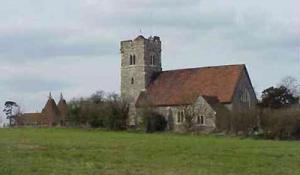
Hook and green village sign – ‘The Meopham Village Sign designed by a local artist Mr Eric Bugg and erected on Hook Green in May 1998 by The Meopham Historical Society. It incorporates a bishop’s mitre representing one of the earliest of Meopham’s famous residents, Simon de Meopham, who was born in the parish in 1272 and died in Mayfield in Sussex in 1332. He became in 1327, after a distinguished ecclesiastical career, Archbishop of Canterbury and it was during his incumbency that the church was first built. It also includes a sprig of tradescantia virginica as a tribute to a Meopham family, the Tradescants, remembered for its contribution to horticulture. The elder John Tradescant became gardener to Charles I’s Queen, Henrietta Maria in 1629 and by that time had brought to England specimens of new trees, plants, birds and stones from Algiers and Russia. His son, who succeeded him as the Queens gardener, brought specimens from Virginia and it was after him that tradescantia virginica was named. The cricket stumps and bat show the long history of cricket in the Parish dating back to 1776 and the Parish’s two most prominent buildings, the Windmill built in 1801 by the Killick brothers and the St. John’s Church dating back to 1325’.
Image (taken from www.meopham.org/gallery/hook-green-village-sign):
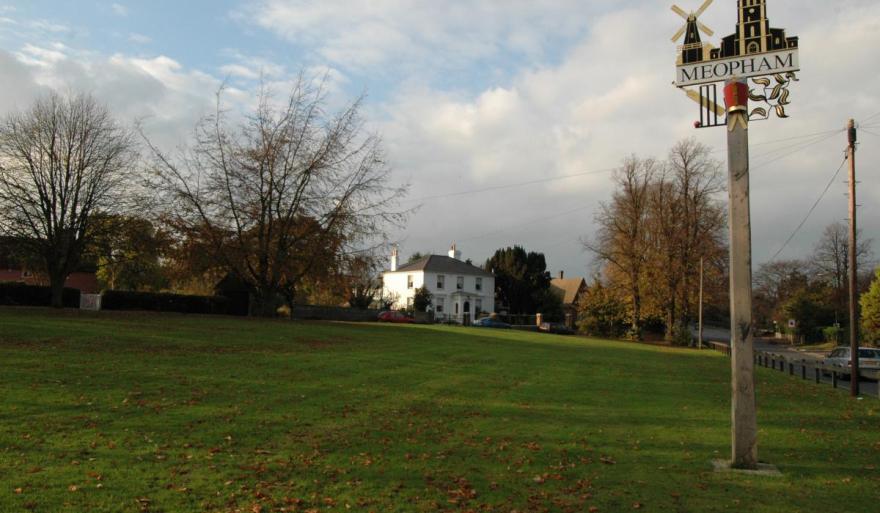
St. John’s church – ‘The Parish Church of Meopham. Originally founded in Saxon times, the present building dates in part from 1325′.
Image (taken from http://www.meopham.org/gallery/st-johns-church):
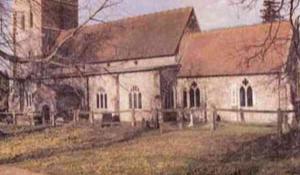
The Meopham Windmill – ‘The Meopham Windmill was built in 1801 by the three Killick brothers reputedly from old ships timbers purchased from Chatham Dockyard. It was built to a ‘Smock’ design similar to the brothers’ other mill at Strood; the name derives from the similarity to the garment worn by agricultural workers in earlier times. The basic principle of a Smock Mill is that the body of the mill in which the machinery is housed is static and only the ‘cap’ and sails turn to face the wind.
The mill remained in the Killick family for nearly 90 years when it was sold to John Norton in 1889 and operated under that name until it was closed down in 1965. The mill was driven by the sails until 1927 when the Norton family purchased a 15 h.p. engine from a mill at Boughton. Power from the oil engine was taken into the mill by a drive belt to the first floor.
The cap (and therefore sails) of the mill is turned toward the wind by a series of gearwheels and a wormgear driven by the the ‘fantail’ situated at the rear of the cap. The sails themselves followed a design by William Cobbett by which the effective area of the sail is automatically adjusted for any wind strength.
In order to preserve this important landmark the Council decided to proceed with restoration and the Mill now serves as the headquarters of the parish council’.
Image (taken from www.meopham.org/content/meopham-windmill):
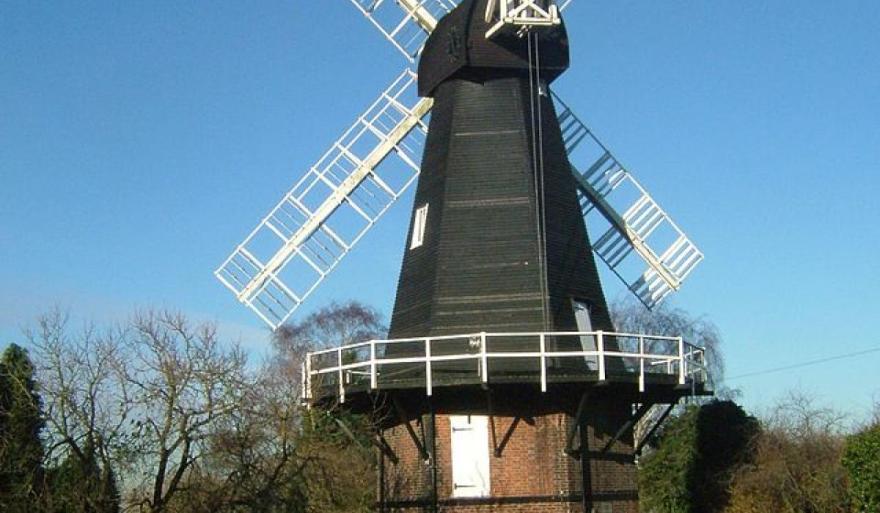
There also quite a large number of pubs within the village, some of which I shall photograph, as well as the peculiarly situated cricket green.
Photographic Futures: Dissertation Proposal
‘The road to creativity passes so close to the madhouse and often detours and ends there‘ – Ernest Becker (The Denial of Death)
The artist as strange, the artist as crazy. The artist in the eye of the public. Not to generalise, but it seems true that the artist is seen as an oddity, dancing around outside the common everyday taunting conformists with their non-conformity. Okay, okay… I may be exaggerating matters slightly to prove a point, but the point still stands. Artists are frequently painted strange, at the very least, crazy at the very best and are deemed to dance to a music most cannot hear. It reminds me of one of my favourite quotes by Friedrich Nietzsche, ‘and those who were seen dancing were thought to be insane by those who could not hear the music‘.
My interest in the artist’s mental state does not, however, lie within the realms of the crazy, of the psychotic. I instead look to explore this strangeness as a product of neuroticism and the role neurosis plays within the creative process. Within my dissertation I look to investigate the following areas:
– The characteristics of neuroticism – Overthinking, anxiety, depression etc.
– Neuroticism and the artist: historic/prominent cases – Da Vinci(?), general prevalence, studies etc.
– Neuroticism and the creative process – possible links (drawing on what has been established in research on the characteristics of neuroticism), fostering or inhibiting(?), neurotic perfectionism etc.
– Psychology of creativity – Frank Barron
– The nature of creativity
– Neurosis and the artist’s work – The prevalence of neuroticism as subject
– The difference between the neurotic and the artist – The courage to create
– Conclusion – coincidence or causality(?)
I am unsure of what questions/arguments my dissertation will pose, a possible title could be:
Why the artist’s work is never done: Investigating the importance, function and prevalence of neuroticism within the creative process.
Through research taken out over the Summer, I hope to narrow the subject of my investigation and find a suitable topic of which will form the foundation of my enquiry. A preliminary argument, and I’m writing this as it comes into the my mind so excuse it’s unrefined nature, could be arguing that the artist’s creativity isn’t merely a product of their neuroticism, but in fact the product of their ability to overcome, embrace and ultimately leverage their neuroticism in the production of art. A damn sight more eloquent comprehension of the notion I’m currently struggling to verbalise comes, once again, from the great mind of Ernest Becker, ‘We might say that both the artist and the neurotic bite off more than they can chew, but the artist spews it back out again and chews it over in an objectified way, as an external, active, work project…‘. Such a process can be seen as the courage to create and the difference between the artist and the neurotic, the difference between being defined by an inability to conquer neuroticism (the neurotic) and the ability to (the artist).
So, I’m going to leave what I wrote before as to evidence my active working out/through of my proposal and I shall continue – now, a possible title for such an investigation could be:
The key to art: Greater than neuroticism
– Investigating the links between neuroticism and creativity and arguing that art is not merely the agent of neuroticism, but the ability and courage (of the artist) to conquer and overcome neuroticism by, and I paraphrase Becker here, ‘chewing it over in an objectified way, as an external, active, work project…‘
I’m not quite happy with the wording here (of the title) and it will most certainly change, but as aforementioned, I am thinking ‘aloud’.
Possible areas of investigation and case studies for my latter title include:
– The nature of neuroticism.
– The nature of creativity.
– Drawing affinities between the two – traits that could foster or inhibit creativity.
– The work of artists such as Gregory Crewdson, Francesca Woodman, Leonardo Da Vinci etc. Crewdson, for example, is infamous for the painstaking process (both in time, attention to detail and working out) he executes in the creation of his work and has admitted that in creating his images, he is trying to understand his personal struggles with neurosis. The painstaking nature of his work, evidence of what Becker has described as ‘chewing it (neurosis) over’. Also, the richly descriptive writings of James Agee.
– Pre-existing studies/surveys into/of neuroticism within artists/creatives as well as studies providing evidence of possible links between neurosis and creativity in general.
– Carry out my own survey/questionnaire
– Artists whose work took/take on a therapeutic role for themselves (Anne Charlotte Robertson’s, ‘Five year diary’ springs to mind) – can again be seen to provide key evidence of this process of overcoming, of ‘chewing’.
Core reading – synopsises:
The Denial of Death – Ernest Becker (insights into the nature of neuroticism/function of creation)
A culmination of the late, great anthropologist’s life work, ‘The denial of death‘ provided a fresh and unique approach to the basic nature of human existence. An existence that Becker argues fundamentally seeks, ‘to transcend a sense of mortality‘, the ultimate goal and fundamental function of human civilisation. Becker argues that heroism is the result of this desire, and thus heroic acts form a fundamental fact of human nature. These heroic acts/solutions are coined by Becker to be, ‘immortality projects’, and one such project he outlines is that of, ‘the creative solution’ – an area of natural interest for my research (the nature of creativity, the function of creation). Becker’s, ‘The Denial of Death’, will also be of great aid in defining the nature of neuroticism (as the result of death anxiety).
The Nature of Creativity – Robert J. Sternberg
Again a culmination, ‘The Nature of Creativity’, by Robert J. Sternberg is a body of work that, ‘provides sixteen chapters by acknowledged experts on the richness and diversity of psychological approaches to the study of creativity’. I have yet to read any of the writings, as I have simply not had the time, so I am unable to comment on what any of the differing psychological approaches propose, other than of course, that the nature of creativity isn’t clear-cut. I will look to focus on any generally held consensus and draw any affinities between the nature of creativity and the nature of neuroticism.
Bibliography:
Becker, E. (2011). The Denial of Death. 1st ed. London: Souvenir Press.
Sternberg, R. (1988). The Nature of Creativity. 1st ed. Cambridge: Cambridge University Press.
Horney, K. (1992). Our inner conflicts. 1st ed. New York: Norton.
Freud, S., Strachey, J., Breur, J. and Richards, A. (2001). The standard edition of the complete psychological works of Sigmund Freud. 1st ed. London: Vintage.
Csilkszentmihalyi, M. (n.d.). Creativity. 1st ed.
Bohm, D. (2012). On Creativity. 1st ed. Hoboken: Taylor and Francis.
Arnheim, R. (2010). Toward a psychology of art. 1st ed. Berkeley, Calif.: University of California Press.
Photographic Futures: Work experience – Day 7 (and a half)
24/05/2017
Spent 3-4 hours sorting and editing the images from Shorne country park, as I was simply too tired to the day before, after spending 4 hours in the heat. I will spend today* (a half day of work) thoroughly researching the locations for my final two days as I feel I haven’t been informed enough for past locations. Some of the edited images have been added to the previous post.
*25 May as of writing
Photographic Futures: Work experience – Day 6 (and a half)
23/05/2017
Pre-visit research:
Shorne woods country park is one of the most popular country parks in Kent. It plays host to ancient woodlands, fishing lakes, heathland meadows, a sensory garden, picnic and play areas, an eco visitor centre (including a cafe), a number of trails (ranging from 1 to 6.2 miles in length), a space and meeting room (for events and workshops) and finally, educational programs and a ‘Forest school’ programme.
Pre-existing imagery (www.visitgravesend.co.uk):
(Shouldn’t be too difficult to top those…)
Post-visit summary:
I decided to travel to the park via bus (had I known the price of the service beforehand…) which departed at around 13:50. I was rather nervous going in, as I feared that it would be another case of, this-could-be-anywhere – and unfortunately, it mostly was. If you have yet to have noticed yourself, most woods look rather similar, Shorne country park (which is largely comprised of woodland) is no exception and thus, it was rather difficult. Being one of the most popular country parks in Kent, even early afternoon on a weekday, the visitor centre/cafe/picnic area was very busy – this meant I wasn’t able to get any images of these areas. I’m not confident enough to ask strangers whether or not they’d like to be in a picture, which is something I need to get over, but adding further awkwardness to the situation, I hadn’t proof on me who I was shooting for and the employee at the employer is also currently on a week’s holiday. So, I had to pass on these locations. I instead focused on the woods and its trails, which are very popular amongst walkers, families, cyclists and runners. I managed to get some images of the… uhm… exercise equipment? I’m not too sure what these contraptions were, but I photographed them nonetheless. I also managed to stumble upon the faerie garden and what I believe was the picnic area, both of which I was able to capture. Overall, I feel it was a mildly successful trip. It’s a shame I wasn’t able to photograph the aforementioned areas, but I did spend a lot of time (4 hours) capturing what I could. I left at around 6pm. Below are some of the images I captured. Oh and all the bluebells were either dead or withering.
Images:
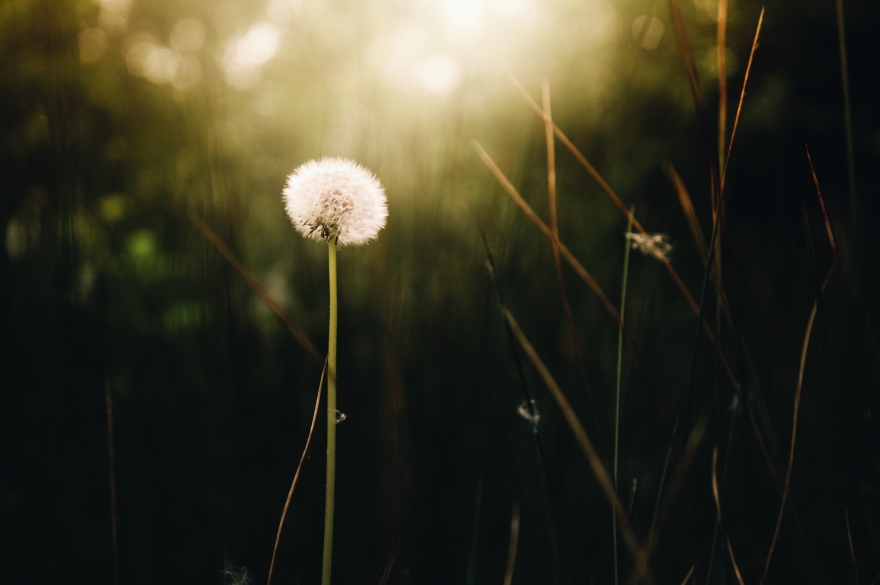
Again, not my general aesthetic style, but I tried to achieve an aesthetic I felt was applicable for their use.
Photographic Futures: Work experience – Day 5 (and a half)
22/05/2017
Today’s shoot location was, Higham. Unfortunately, as with all past locations, Higham is essentially comprised of the same kinds of subjects; with churches and pubs making up the bulk of what I can photograph. This sort of photography is very restrictive, much more so than I had previously envisioned. I cannot capture people within the images I take, at least not so they are identifiable, car license plates are also a problem and as is the fact that on a fundamental level, a village is a village is a village. Sure, to the local or the familiarised, they’ll likely be able to discern that a nondescript residential street is one from (enter example here), but for the audience these images will be targeted at, said street could be situated in any of the locations I have shot so far. Other than churches and pubs and perhaps the occasional unique point of interest, there isn’t much else to photograph that would be of interest to the audience (tourists)… And thus I have found myself photographing a lot of churches and a lot of pubs, but little else. Nobody, after all, wants to travel to a village to see its minimart, no matter how splendid of a minimart it may be. Also, it was very hot and I was out for a good 4 hours in the sun, I then recovered in my room, editing and sorting the images for a further 2-3 hours, some of which can be seen below.
Images:
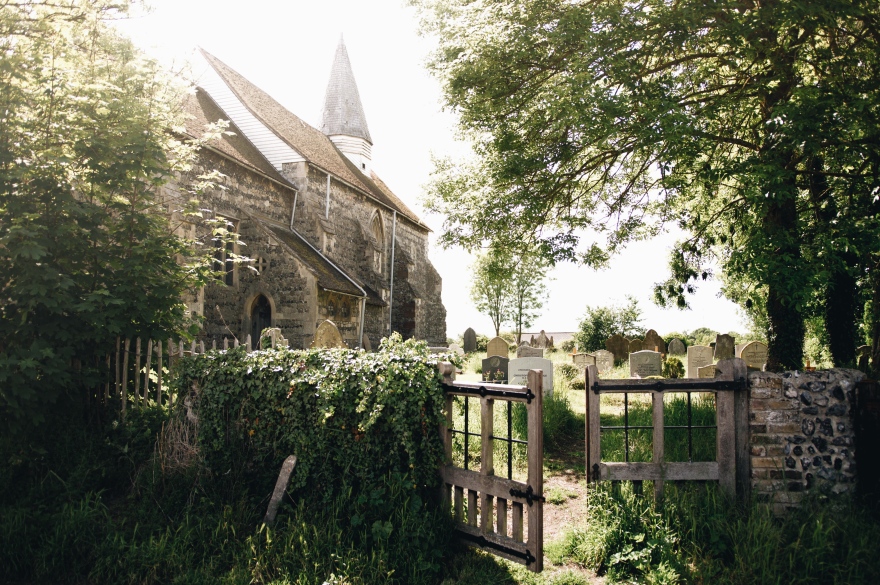
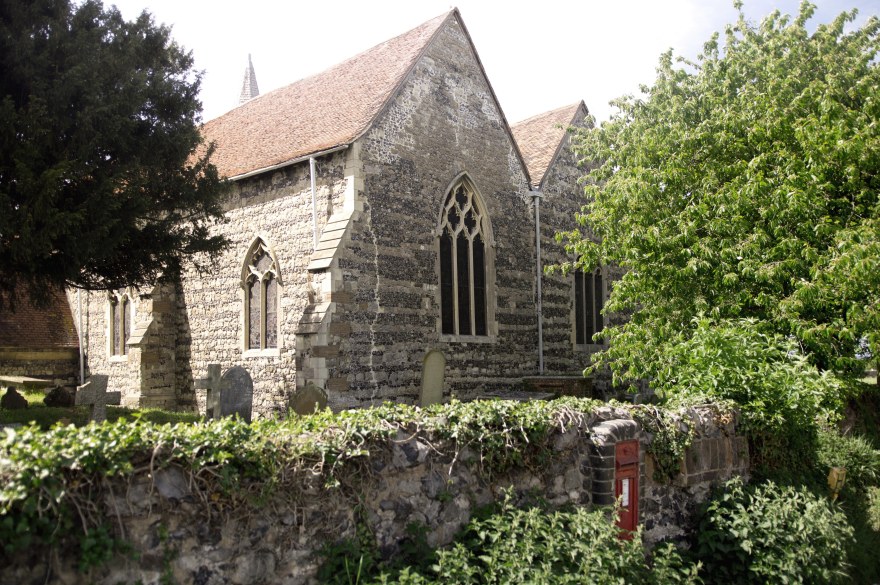
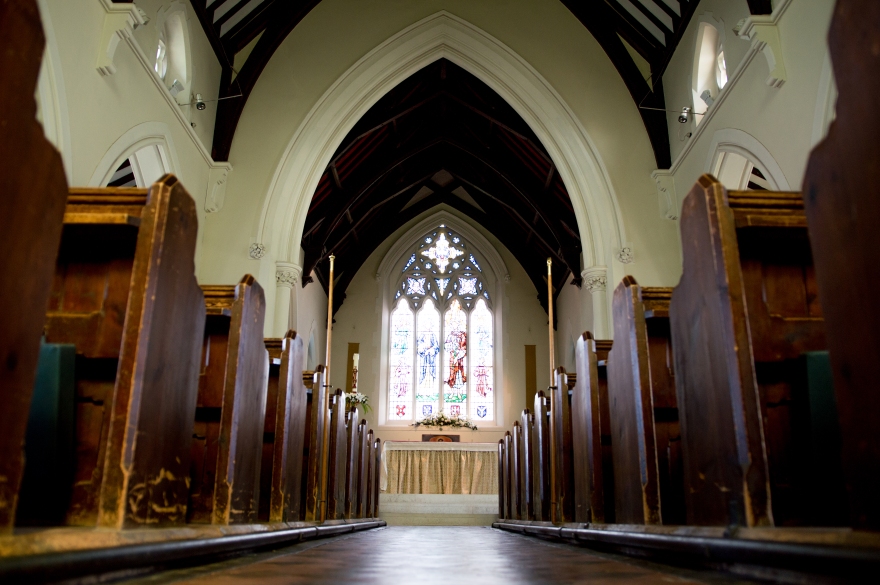
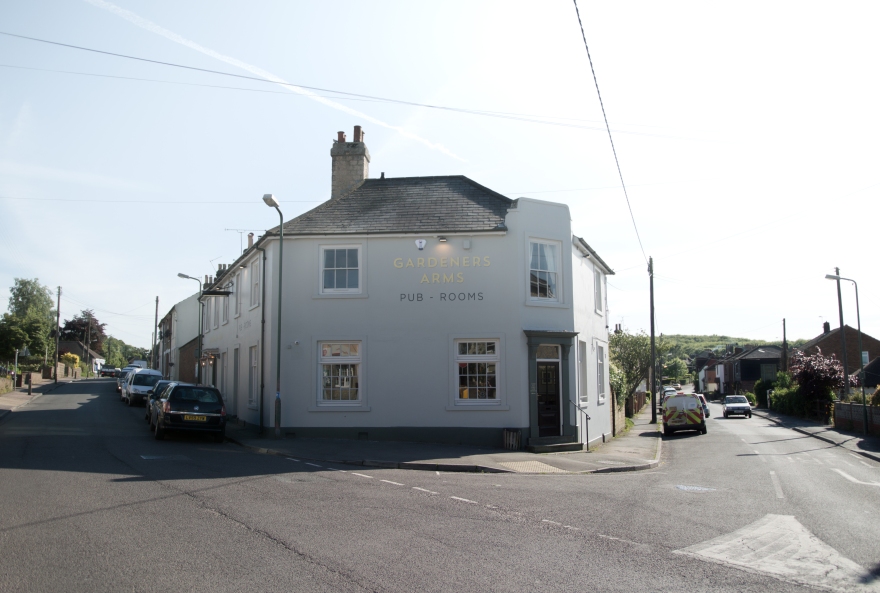
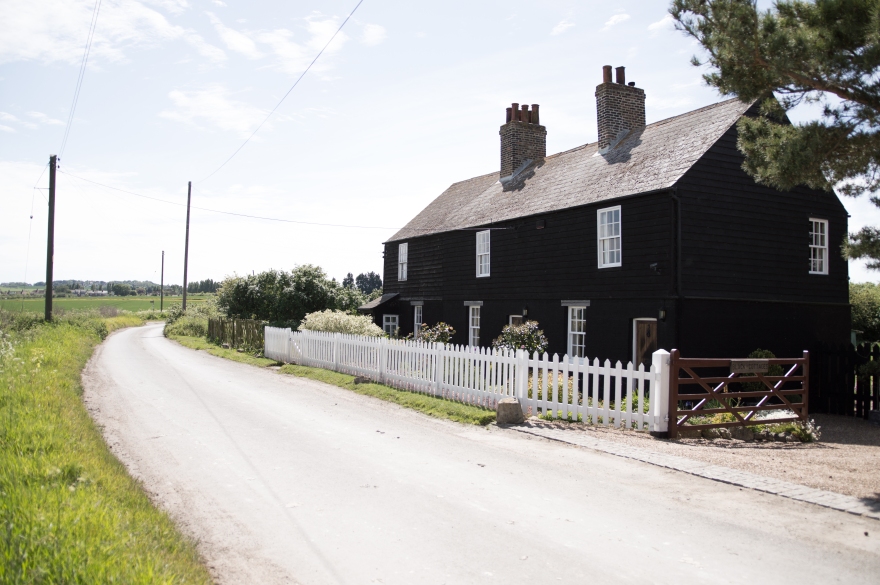
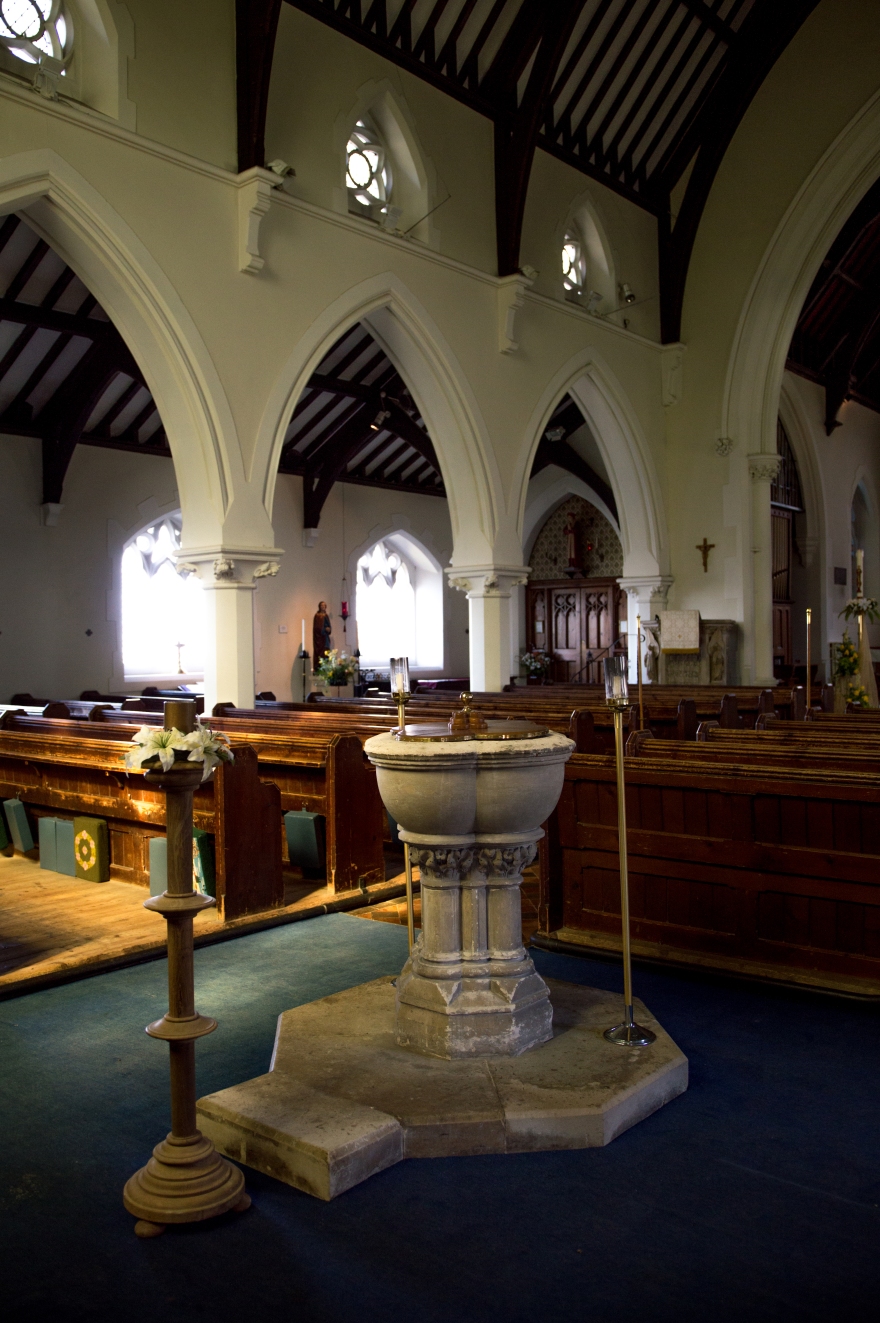
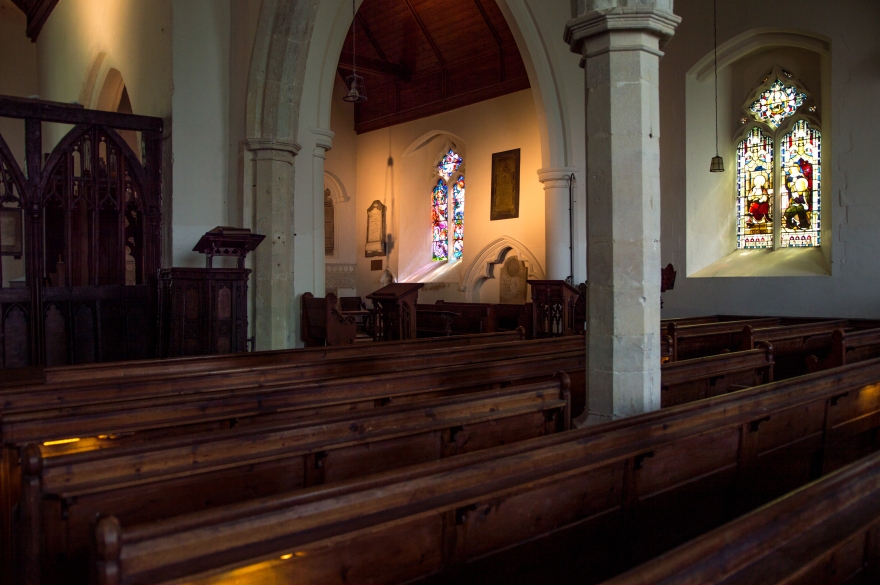
Photographic Futures: Work experience – Subjects by location
A list of locations within Gravesham and their respective subjects of interest.
Higham
Gad’s hill place – Former home of Charles Dickens
St. Mary’s church – Several hundred year old grade 1 listed church that sits upon the marshes
St. John’s parish church
Train station
Marshes – Landscape, trails.
The Gardener’s arms pub
The Larkin Memorial – *Need to research exact location*
Canal
Chalk
Charles Dicken’s – Honeymoon location, wrote early instalments of the Pickwick Papers here, Old forge featured in his works, Great expectations, still stands.
Church – St. Mary the virgin
Meopham
Windmill
Village green
Pubs – Many
Churches – St. John the baptist, St. Mildred’s, Mount Zion bapist, South street baptist, St. Pauls
Owl’s castle
Train station
Vigo
Trosley country park – Trails, landscape
Village hall
Vigo inn











